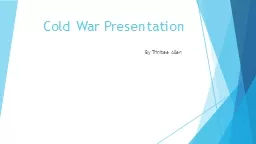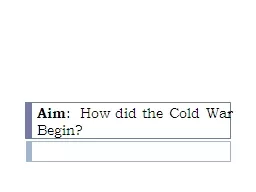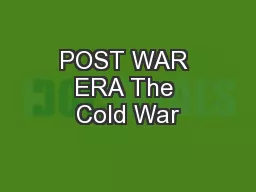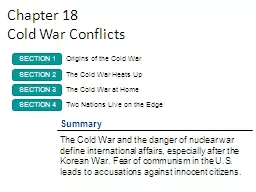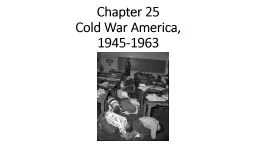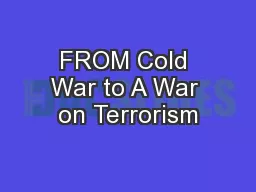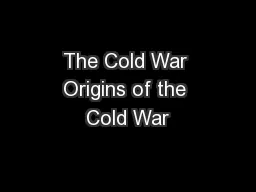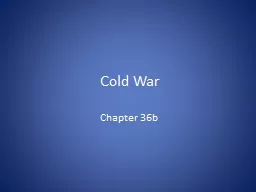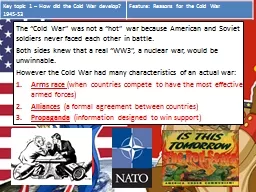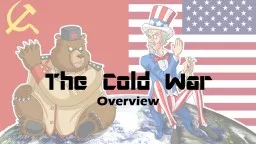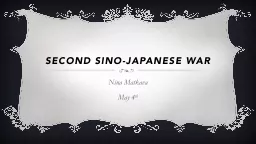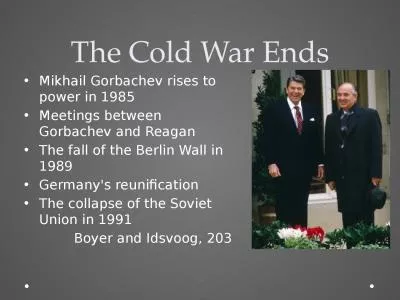PPT-How did Sino-Soviet Relations change during the Cold War?
Author : celsa-spraggs | Published Date : 2019-02-24
LO To identify and explain the reasons for the key turning points in SinoSoviet Relations SinoSoviet Relations in the Cold War As two Communist nations you would
Presentation Embed Code
Download Presentation
Download Presentation The PPT/PDF document "How did Sino-Soviet Relations change dur..." is the property of its rightful owner. Permission is granted to download and print the materials on this website for personal, non-commercial use only, and to display it on your personal computer provided you do not modify the materials and that you retain all copyright notices contained in the materials. By downloading content from our website, you accept the terms of this agreement.
How did Sino-Soviet Relations change during the Cold War?: Transcript
Download Rules Of Document
"How did Sino-Soviet Relations change during the Cold War?"The content belongs to its owner. You may download and print it for personal use, without modification, and keep all copyright notices. By downloading, you agree to these terms.
Related Documents


